Pain-Free Running & Sprinting Manual
How to regain the ability to run or sprint pain-free
This week I’m teaching you all the main ways I’ve helped people regain the ability to run or sprint pain-free.
1 of 7. Demand v Ability
I often finish articles with this subject, but it’s so important to today’s topic that we’re going to start here.
If you’re patient enough, you might rehab your running or sprinting ability through gradual adaptation alone.

Bodies adapt.
Just slowly.
And not infinitely.
But who says how fast or far you have to run?
If you’re smart about the Demand, your Ability may rise enough over time to run or sprint.
But there’s also further skill at Ability!
2 of 7. Simplest I’ve Seen Work
The effort to go forward drives the body’s ability to go faster.
But the effort to go backward drives the body’s ability to protect itself when going forward!
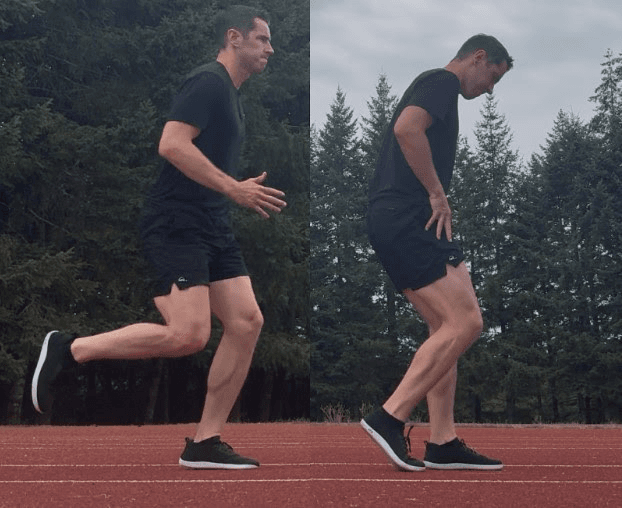
Hundreds of people (maybe thousands at this point) have reported to me that through backward alone they regained the ability to run after having given it up.
I’m not advising a regimen of only backward. I do a variety of strength and flexibility exercises for my body.
But I’d feel guilty if I didn’t cover this because of how often it works.
Think of a progression from backward walking to jogging to running, while still being sensible about the Demand.
I’m convinced that most people could maintain above-average running ability through nothing more than an understanding of Demand v Ability and Forward + Backward.
This being said, having a safe space, weather, and surface, are common barriers.
3 of 7. Sled
At my original gym, sled became our go-to.
We didn’t have space for full running, and the sled provides additional benefits.
Every single person of any age could walk into my gym, do my class, and get an amazing workout, regardless of prior exercise skill. The sled was the biggest key to this!
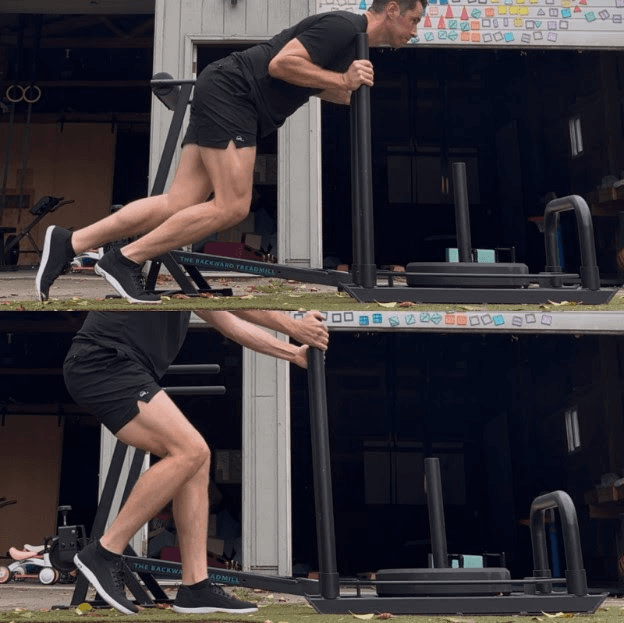
With the sled you can adjust load and speed to what’s comfortable for the person, while getting a smoking workout.
The only way to get a smoking workout with just moving backward is by going faster. For the elderly and rehab, that takes a lot of patience, whereas with the sled, we could safely get an amazing workout going within a minute or two of walking through my doors.
From grandmas to NFL players, I’ve never seen a tool so simple and productive for so many people.
4 of 7. Zero Positioning
When the government shut gyms down, I put my mind to segmenting lower body ability from the ground up.
By using high reps, the burn and results felt similar to the sled.
And they happen to work directly to improved mobility.
Straight leg calf raise is easy to start. You can make it harder by doing it with only one leg. 20 reps.
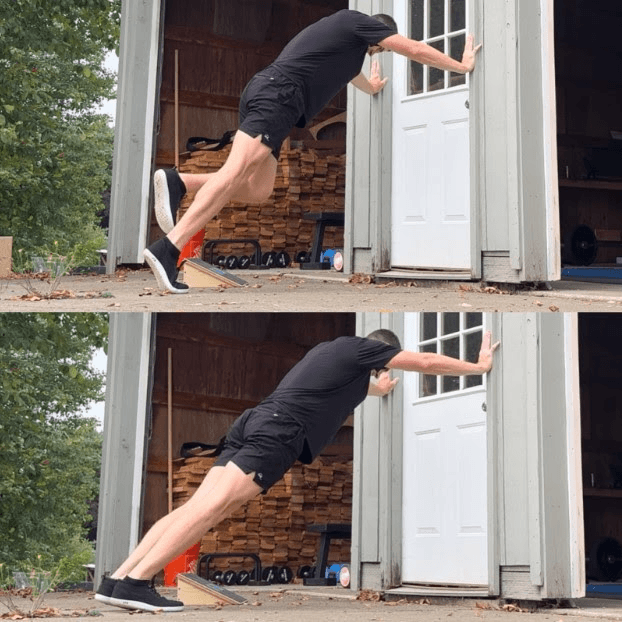
Then flip around for the opposite. Also super gentle to start. Standing closer makes it easier. 20 reps.
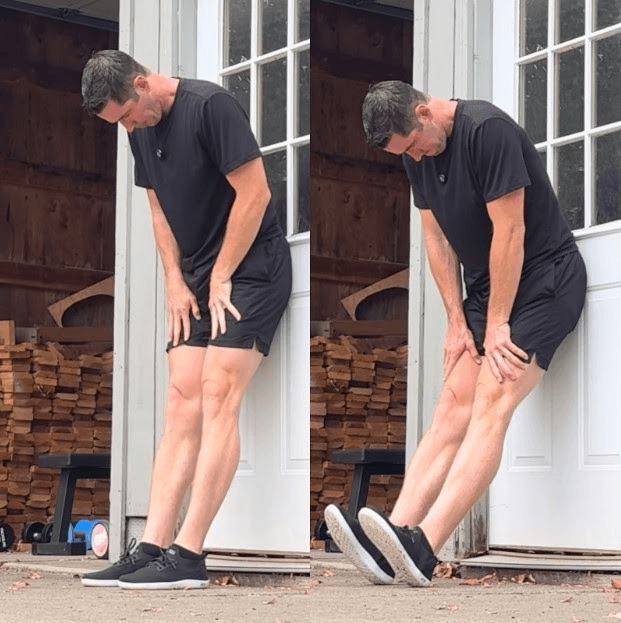
Then back to the other side but now gradually working into that athletic positioning.
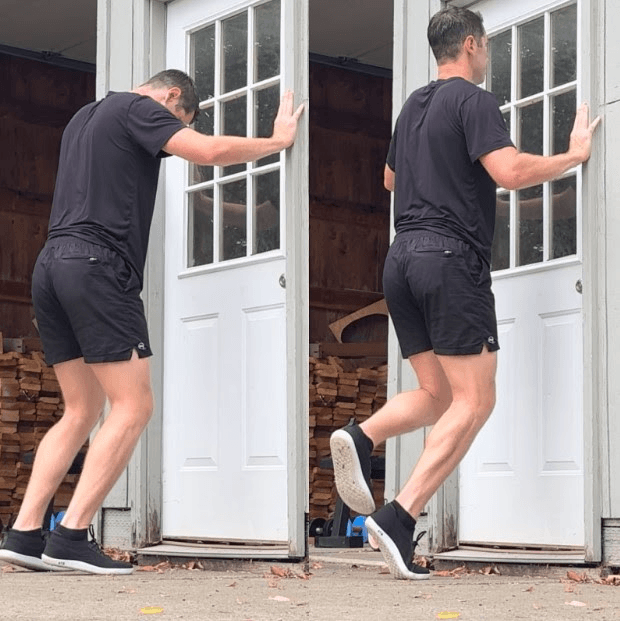
So you have two scales: your shin angle and a progression to 1 leg.
20 strict reps on 1 leg is some serious ability!
5 of 7. Resisted Treadmills
There are about 60 million treadmills in existence.
And it’s even cheaper to make ones like this where you have to spin the belt.
This trains the back of the legs, butt, and lower back muscles differently than a treadmill, which spins automatically.

You also have the advantage of not having to slow down. This is a major barrier for people trying to sprint.
And you can still spin it backward to work the very abilities you use when you have to slow down!
You don’t have to worry about weather.
You don’t have to worry about space.
You don’t have to leave home.
For the past 3 years, this has been my most common form of sprinting.
Going forward and backward a few times back and forth on this thing smokes my legs and lungs in shockingly short time and with less risk of pain/injury than any other sprint method I’ve seen.
6 of 7. Faster = HAMSTRINGS
As you go from running to sprinting, the hamstrings take way more force.
In the sport of sprinting, the #1 most common injury is to the hamstrings.
Fortunately, I have coached over 1,000 athletes and I can at least share what I’ve seen correlate to the fewest hamstring injuries.
A deadlift is perhaps the most well-known backside builder.
And a deadlift with intent on hamstrings flexibility is the #1 helper I've seen for not injuring the hamstrings.

This means the true combination of strength and flexibility is what I’ve seen best protect the area.
Barbell is advantageous for heavier loading, but virtually anyone can start this if you use dumbbells and understand Demand v Ability.
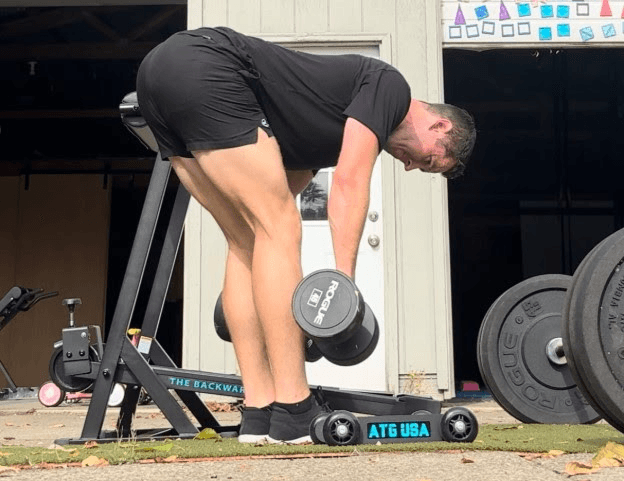
(I also think this strength through length is underrated for lower back protection.)
The next thing I’ve seen with people who injure their hamstrings is: previous hamstring injuries and one side remaining much weaker than the other.
The hamstring roller is the most accessible and workable tool I’ve found to get back honest ability between sides.
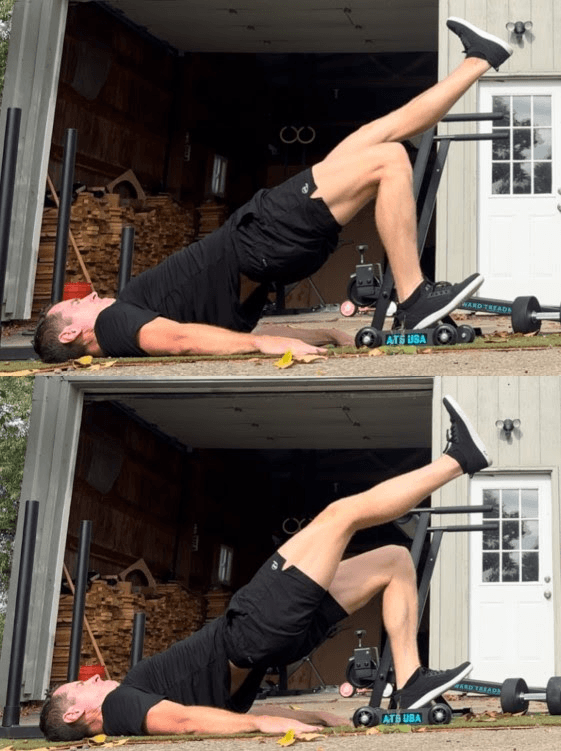
Progression is from 2 leg, to 2-up-1-down, to 1 leg.
Bonus: Hip Flexors
Another area that takes proportionately more load as you go faster is the hip flexors.
These muscles connect from your lower spine to your leg.
The most accessible and workable skills I’ve used for their strength and flexibility are the L-Sit for strength, and the full split squat for length.
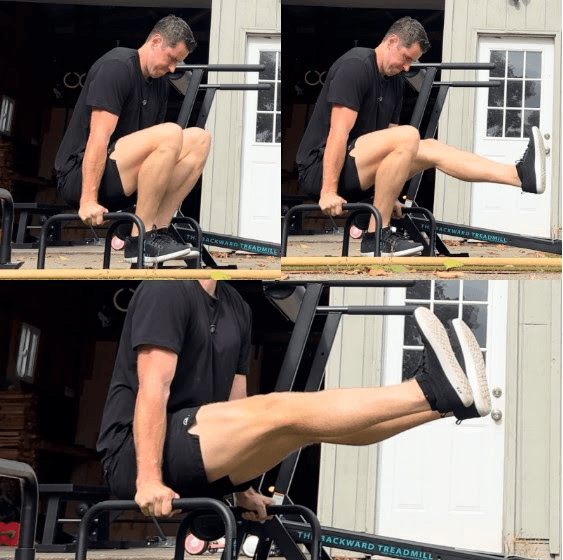
There are many ways to work on an L-sit, and the most enjoyable I’ve seen for athletes is progressing from legs bent, to one leg straight, to both legs straight.
The full split squat uses front foot elevation and assistance to make it easier. Progression is thus lower and unassisted (and even loaded can be helpful for extreme Demand).
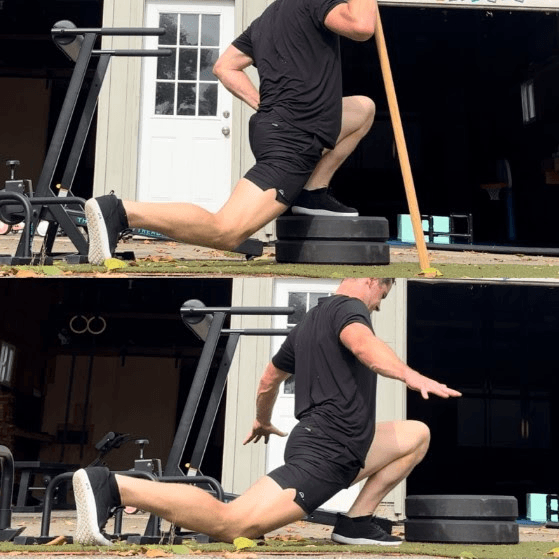
7 of 7. Sprinting at 71?
My mom is a great example of this entire subject of Demand v Ability.
She rehabbed using sled, Zero positioning, and stretch-strength training.
She has the Ability to sprint but she doesn’t overdo it.
She is smart about the Demand while training her Ability in moderation.
It’s cool to know that if one of my kids took off, Nana could sprint after them!
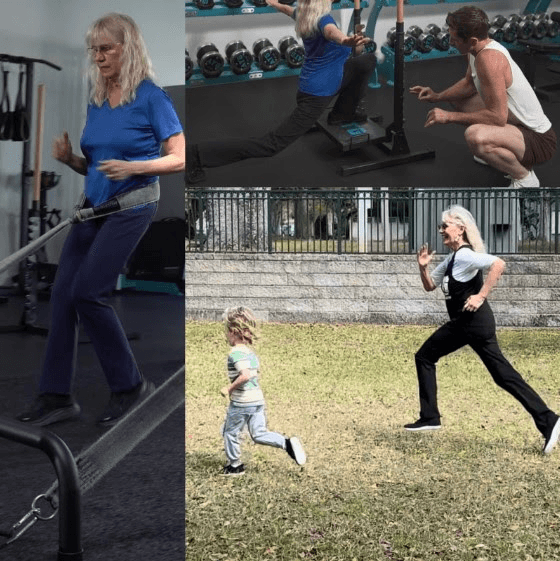
This is a high survival Ability.
But the most realistic way to maintain it for life is a balance of Demand v Ability.
Not abuse.
But not neglect, either.
I hope this article provides you with a good view of workable skills for the Ability department, while being realistic and not untruthful about the role of Demand.
Yours in Solutions,
Ben
Sign up for free knowledge
We send out new articles weekly.